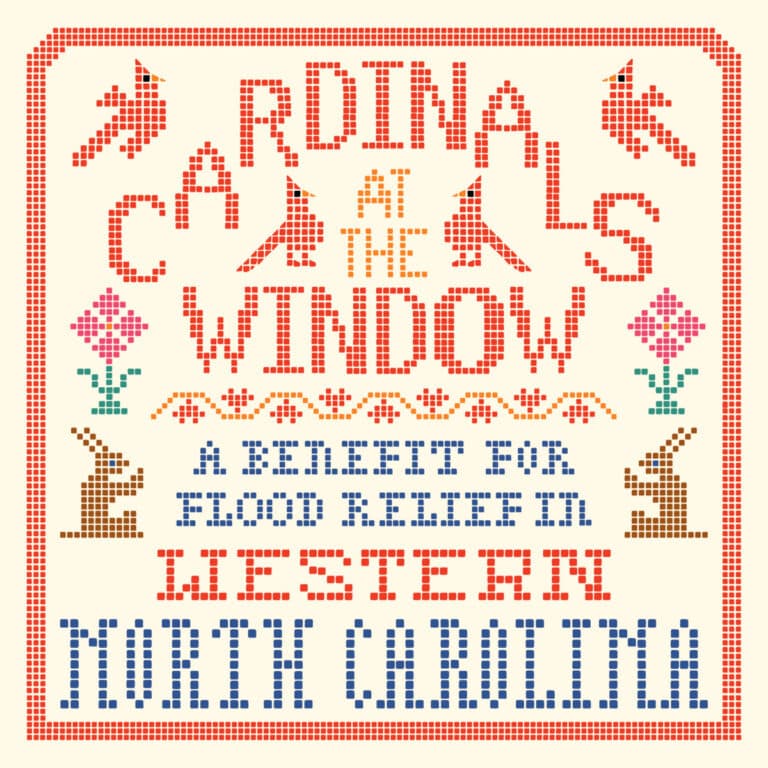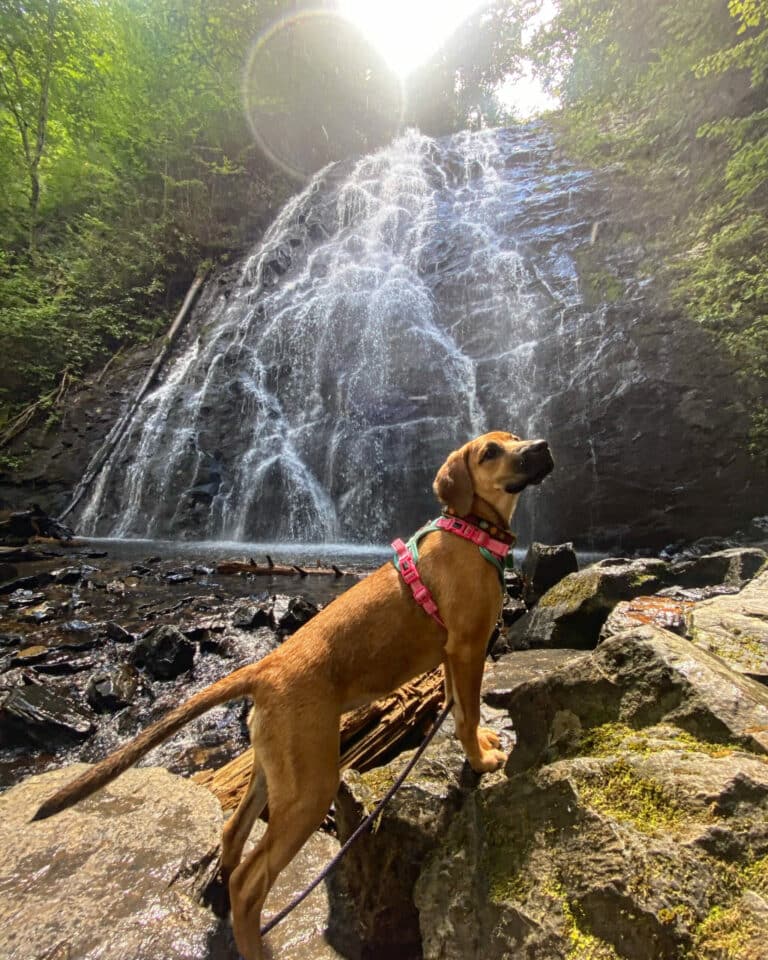Has funding dried up for whitewater parks?
Just a few years ago, whitewater parks were being planned for dozens of cities across the United States, but with the downturn in the economy, many parks were put on hold indefinitely.
 “There was a freeze in funding, particularly from private developers looking for the larger parks,” says Scott Shipley, owner of S20 Design and chief designer for the whitewater park at the U.S. National Whitewater Center in Charlotte. “In 2008, there was almost no development in the U.S. We did most of our work in Europe.”
“There was a freeze in funding, particularly from private developers looking for the larger parks,” says Scott Shipley, owner of S20 Design and chief designer for the whitewater park at the U.S. National Whitewater Center in Charlotte. “In 2008, there was almost no development in the U.S. We did most of our work in Europe.”
While the economy may have put a damper on the construction of mega-parks, smaller in-stream parks are beginning to make a comeback. In Raleigh, N.C., Falls Whitewater Park is being designed with the entire community in mind.
“We’re creating a more laid-back, community-oriented space,“ says Lisa Potts, greenway planner for the city of Raleigh.
Falls Whitewater Park will include a 900-foot stretch of the Neuse River immediately below Falls Lake Dam and feature at least five waves created by rocks embedded in the stream. During high water, expert boaters will be attracted to the waves, but during low water, beginner boaters, tubers, and swimmers would be able to enjoy the park.
“We want to make it look as natural as possible, have as little impact on the river as possible, and be as attractive to as many people as possible,” says Potts.
Still, there has been some backlash from locals who feel a large chunk of municipal funds are being earmarked for a very small contingent of citizens. In response, Raleigh’s paddling community has formed a nonprofit, the Falls Whitewater Park Committee, to support the park.
“We want this park to be of interest to the entire community. We want to see people tubing this thing,” says Larry Ausley, a spokesperson for the Falls Whitewater Park Committee.
An existing natural wave at the dam doesn’t attract boaters until dam releases are above 2,000 cubic feet per second, which translated into only 12 days last year. With the park in place, Ausley anticipates more low-flow boating options and 80 to 90 boatable days per year.
But before paddlers can slip on their spray skirts, somebody has to foot the bill for the park. The city and county have currently allocated $350,000 for the project through a bond referendum passed in 2007. But that money will only cover the design phase of the park, not the actual construction. Construction of similar whitewater parks in Colorado and Nevada have cost between $130,000 and $1.5 million. The Falls Whitewater Park Committee plans to help with fundraising, but additional funds from the city and county could be needed.







